On average, an individual will generate about five TONS of stool in his or her lifetime. Turns out, a pile of poop can provide a lot of insights about our health. Find out more on today’s blog!
Typically, poop is not a very hot topic when it comes to conversation. It’s only fair to consider that this may be part of the cause of poor toilet habits and digestive problems. To say the least, poop is not exactly a fun subject to talk about, nor to learn about – for most.
However, understanding about our bodily releases is important in regards to our health.
By ignoring this subject, we only weaken our own attention and ability to listen to our bodies’ need for creating health and balance. You could be literally flushing some of the best clues and tips for health down the toilet!
Do you struggle with bloating, gas, constipation, or other digestive issues? We’ve created a FREE guide to healing your gut naturally. Click here to get your copy!
The shape, size, color, and smell can say quite a bit about our overall health. Specifically, the condition of the digestive system can give clues about potential disease, infections, and even cancer.
If you’ve ever taken a look at your own poop, then you’ve likely noticed that it can come out in all sorts of wild varieties. I’ll spare as many details as I can without missing our mark. 1, 2
Although most of us have witnessed a wide variety of stools – depending on what we eat, how healthy we are, and a number of other factors, there can be changes in textures, forms and even colors.
Some varieties we consider “normal,” while others are questionable or even require some medical attention. Putting aside more obvious signs of unhealthy stool such as bleeding and pain, there is still the question of what qualifies as a normal poop?
Is Your Poop Normal?
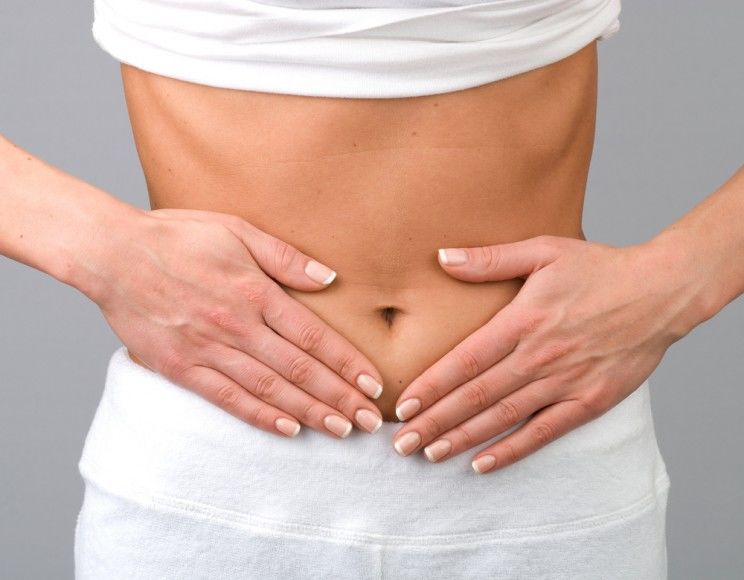
While the average doctor today is unlikely to examine a stool, smell it and break it open to search for undigested food or pathogens, there’s still a lot we can learn through a little self-examination.
A healthy stool is about 75 percent water with the rest being fiber, living and dead bacteria, random cells, and mucus. 3, 4 Typically, a healthy stool is well-shaped and consistent in contour. It passes easily and pleasantly, is light in color, has a natural, earthy smell (not foul) and floats without needing multiple flushes down the toilet. 5
These characteristics are signs that the digestive tract is happy and healthy. However, this isn’t always the case. There are some common characteristics that point toward bowel dysfunction and elimination issues.
The following examples will help you know what to look for, so that you can take steps to correct the digestive system.
Note that if you are having frequent issues with digestion and elimination, accompanied by any sort of abdominal pain, then first seek some professional help from a functional practitioner who specializes in digestive health.
Warning Signs
Here are the most common characteristics of an irregular bowel. Each will provide insight into the state of your digestive system and what lifestyle choices may be at cause.
Look to see which (if any) of these characteristics are persistent in your bowel movements, and experiment with the adjustments recommended near the end.
Undigested Food
It’s abnormal to see undigested food in the stool. It’s typically a sign of food intolerance, inflammatory bowel disease, or a weak digestive system (low stomach acid may be a cause). 6
Loose Stool
Diarrhea is actually a sign of toxicity in the body, usually caused by pathogenic bacteria or a virus. A loose stool is usually a desperate attempt to detoxify the body of these unwanted house guests.
Even if the body is constipated or dehydrated, the body will scavenge for extra water to remove toxins from the body. This could mean a toxic overload in the body.
The most immediate cause may be a toxic diet, one that consists of too many processed foods or foods laden with chemicals. 7
Stinker and Sinker
Despite what many people think, stool is not supposed to be foul-smelling. It should have a slight, earthy smell at most.
If you are eating a healthy diet, rich in plant foods and free of chemicals, you will notice this to be the case. Just try a few days of only vegetables and you’ll see for yourself!
If your stool is extraordinarily foul smelling, then do not ignore it. The worse the smell, the more toxic the body potentially is.
There may even be a bacterial infection caused by a strain of harmful bacteria known as Clostridium difficile.
Stinky stool may be associated with a number of other health issues, such as malabsorption, celiac disease, Crohn’s, or pancreatitis. 8, 9
Pellets
Stool that resembles rabbit pellets or deer droppings may indicate an altered state between peristalsis of the colon and dehydration. Practice squat exercises, even eliminating in a squat position (try a Squatty Potty) and of course, stay hydrated. 10
Pale Color
Any stool that is noticeably light in color or even gray or white may indicate a high content of undigested fat.
If they are difficult to flush, this is a telltale sign that there is undigested fat in the stool. This may be due to a bile deficiency from a congested liver and gallbladder.
For a quick tip, try taking digestive bitters and artichoke to help produce cleaner bile and clean the liver. Beets are also great for the liver. 11
Constipation
Constipation is caused by a variety of issues. However, abnormally large and difficult-to-pass stools can often come from dehydration, which can commonly be caused by eating too many processed or dehydrated foods.
This doesn’t just mean common junk foods, but also protein powders, health food bars, chips, and other “healthy” junk food alternatives.
Constipation may also be caused by many different drugs and medications. In that case, consult with your doctor to get a protocol to come off these medications and opt for a holistic alternative.
Otherwise, simply strive to get more water-rich foods like fresh vegetables, berries, and soups into your diet, in addition to high-quality spring water. 12, 13
Tip: The Bristol Stool Chart is a helpful tool when decoding bathroom matters.
Type 1 – Type 2: Constipated
Type 3 – Type 4: Normal
Type 5: Lacking Fiber
Type 6 – Type 7: Inflammation/Diarrhea
How Often Should You Poop?

When talking about regularity, this is specific to you. In general, you want to eliminate as much as you eat.
Sometimes this means if you eat three meals a day, you’ll eliminate three times a day. Other times, you may only eliminate once a day but a decent amount at once.
What goes in must come out! [tweet_quote] One healthy bowel movement a day is normal. [/tweet_quote]
More important than frequency is the quality of your stool and the quality of your experience – a poop should feel good and easy! Any need to push or strain is a sign that something is off. The passing of a stool should take no more effort that it takes to urinate. It should be rather effortless.
Also, it’s usually a good sign to have consistency in your bowel movements. Meaning, you usually go at the same time each day. This of course brings into play the consistency of your diet, mood, sleep and exercise routine, and other lifestyle factors.
Any sudden changes in your bowels may indicate stress in the body. This may be caused by a number of factors such as diet, travel, hormonal fluctuations, sleep, exercise, sickness, or basically any form of stress. 14
How To Take a Perfect Poop

Here are some simple tips you can use to optimize your diet and lifestyle for the perfect poop. These strategies will help eliminate any poop problems and also prevent recurrences:
- Remove gluten from the diet: wheat, barley, rye, spelt, and potentially cross-contaminated oats.
- Eat a Paleo-style diet that includes organic, whole foods. Put an emphasis on fresh vegetables and low-glycemic fruits that provide water, phytonutrients, and fiber.
- Avoid processed foods: artificial sweeteners, refined sugar, high-fructose corn syrup, chemicals, additives, MSG, excessive caffeine, and high-heated, pasteurized foods. These are all detrimental to your digestive tract and immune system.
- Get fermented foods into your diet. These boost the good gut flora in the digestive tract and help eliminate toxins while aiding digestion. Examples are sauerkraut, kimchi, and kefir.
- Get more fiber. We need fiber to bulk the stool and form a healthy poop! Some great fiber options include winter squashes, green apples, chia seeds, leafy greens, and carrots.
- Stay hydrated! Spring water is best. Water is essential for good elimination. Add a pinch of Celtic sea salt for minerals and to improve stomach acid production.
- Move your body. Exercise is essential for strengthening and tonifying the organs. Squats are amazing for strengthening the colon for peristalsis. Squatting also relaxes your puborectalis muscle, which encourages the complete evacuation of bowels without straining. It has been scientifically proven to relieve constipation and hemorrhoids! 15
- Avoid unnecessary medication, especially antibiotics, which kill healthy gut flora. Many prescription drugs are not only toxic to the liver, which impairs digestive function, but they can also slow the intestinal function and cause disruptions.
- Manage your emotions. Emotions strongly impact digestive health. Negative emotions can shut off the digestive system by causing a great deal of stress. Seek help from a practitioner, meditate, or at least start journaling your emotions. This helps your muscles relax, making for a more pleasant poop!
(Read This Next: 7 Constipation Causes You CAN’T Ignore (and 6 Natural Remedies)


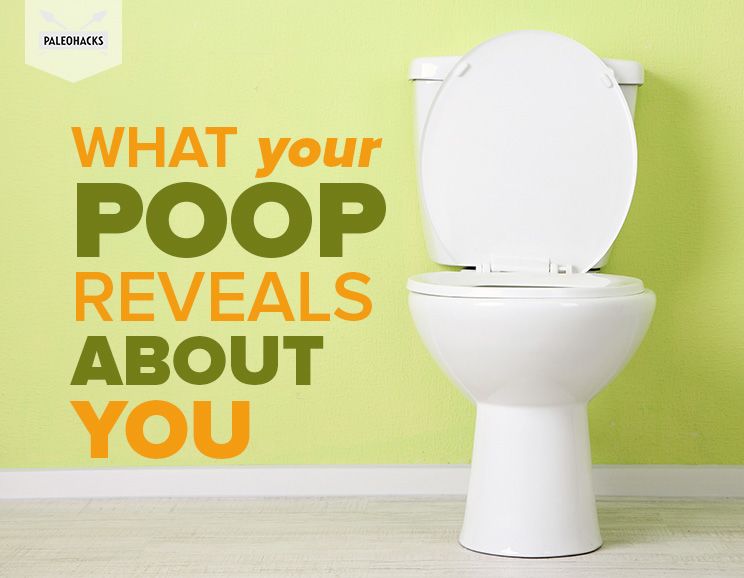

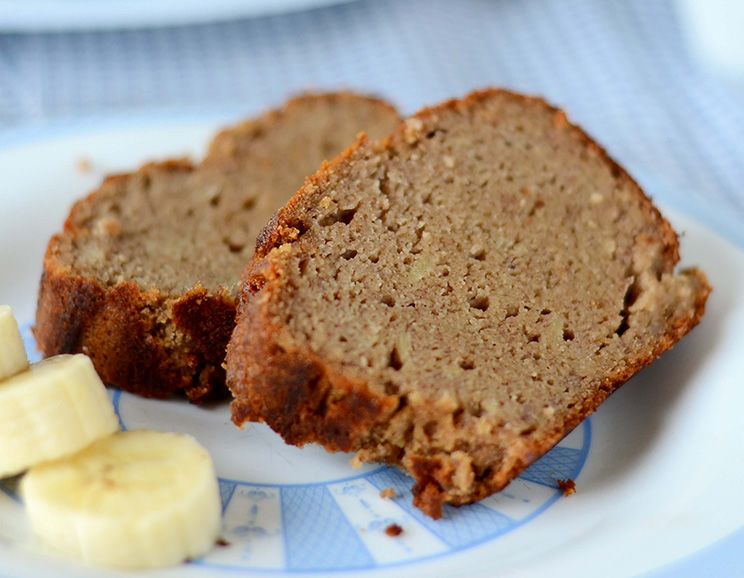 Coconut Flour Banana Bread
Coconut Flour Banana Bread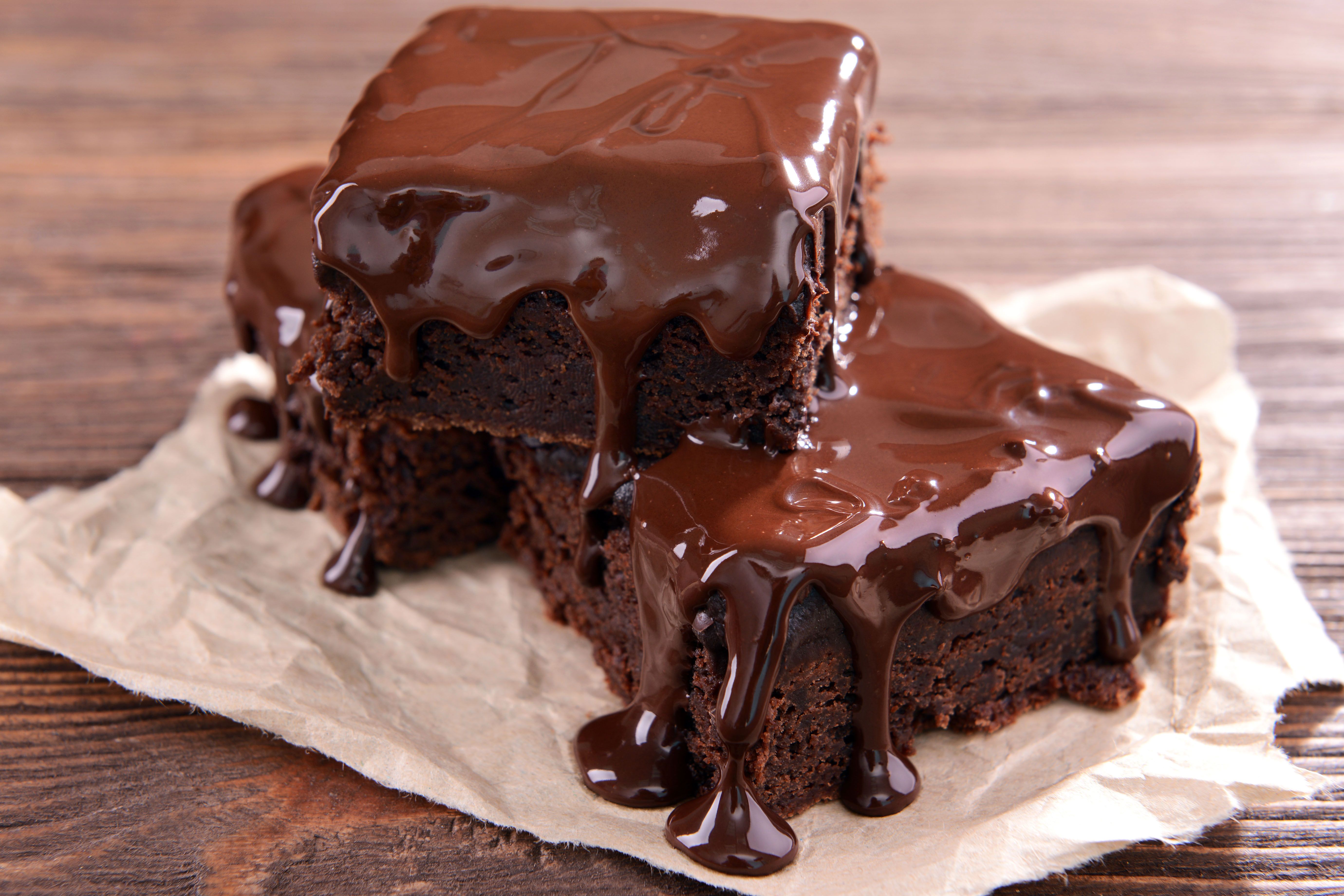

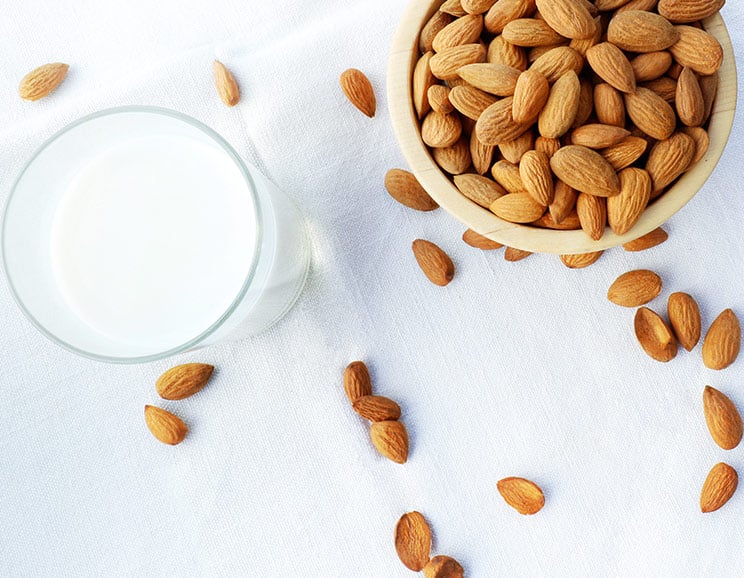

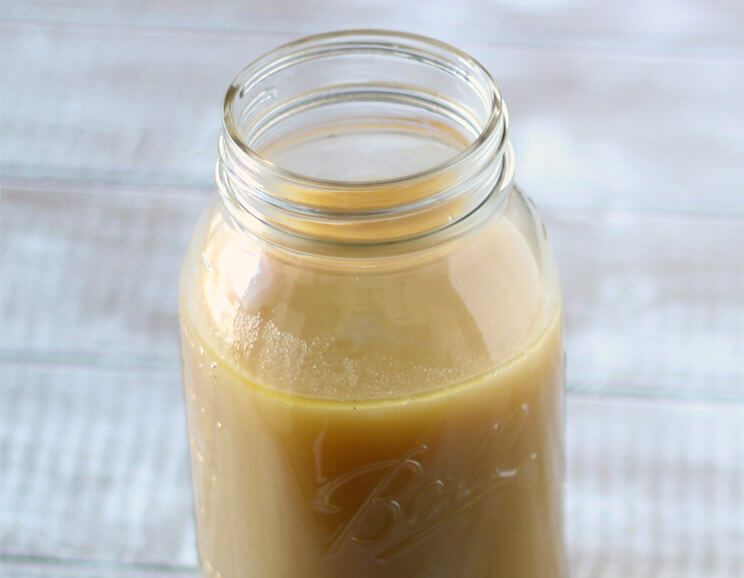

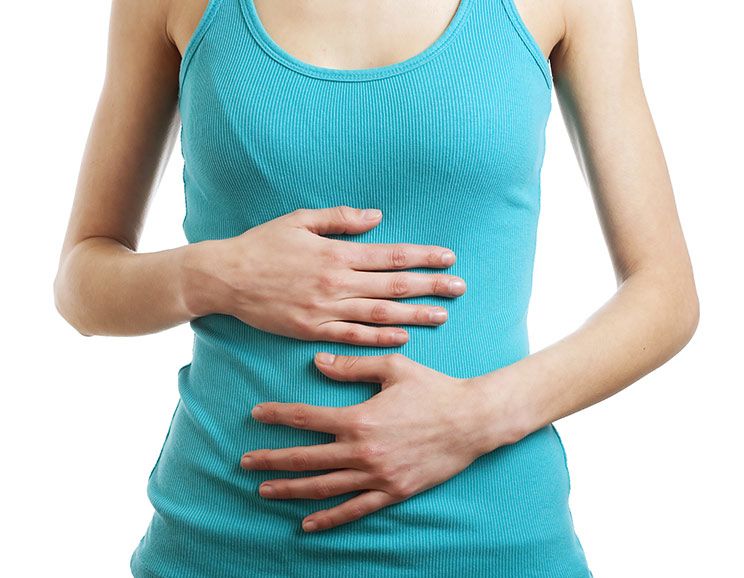


Show Comments